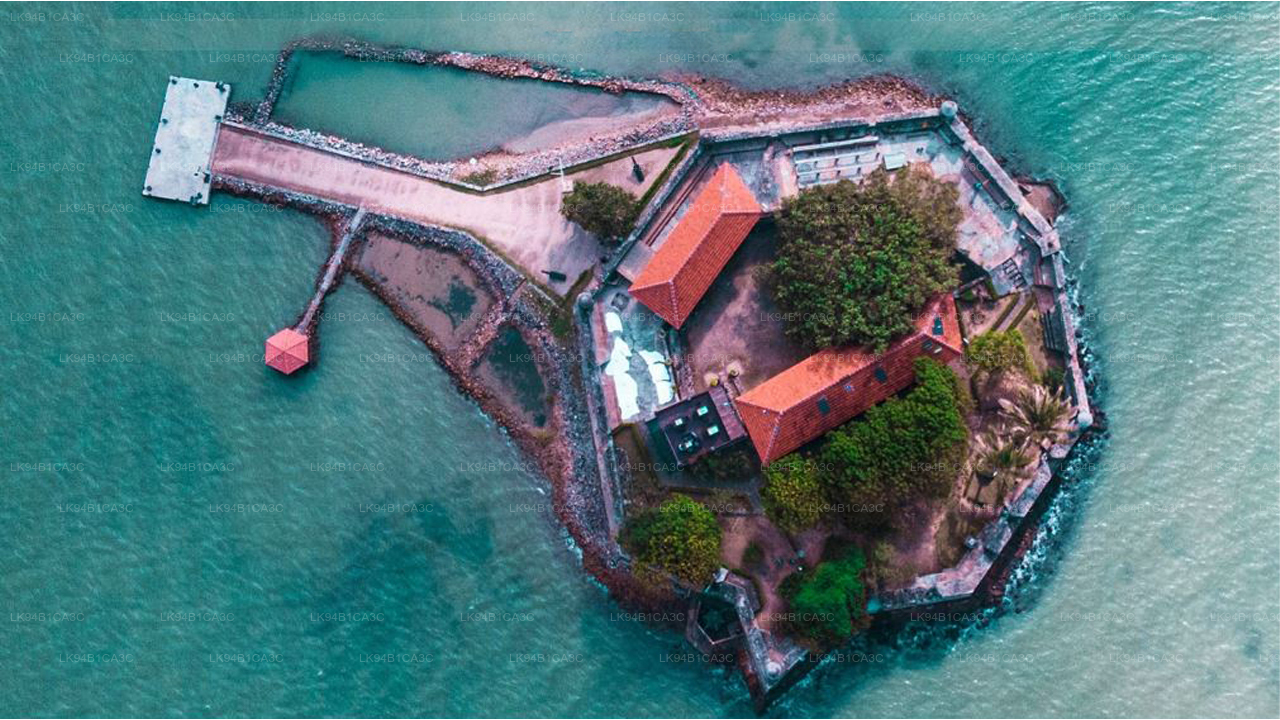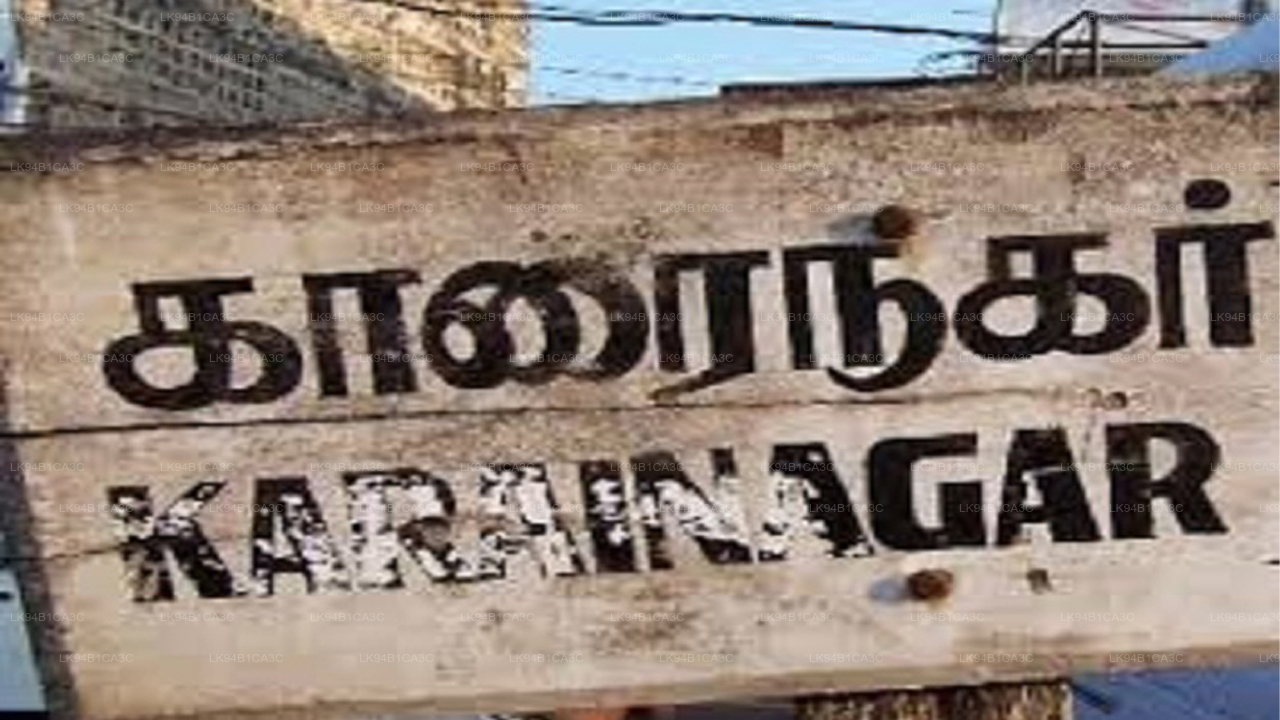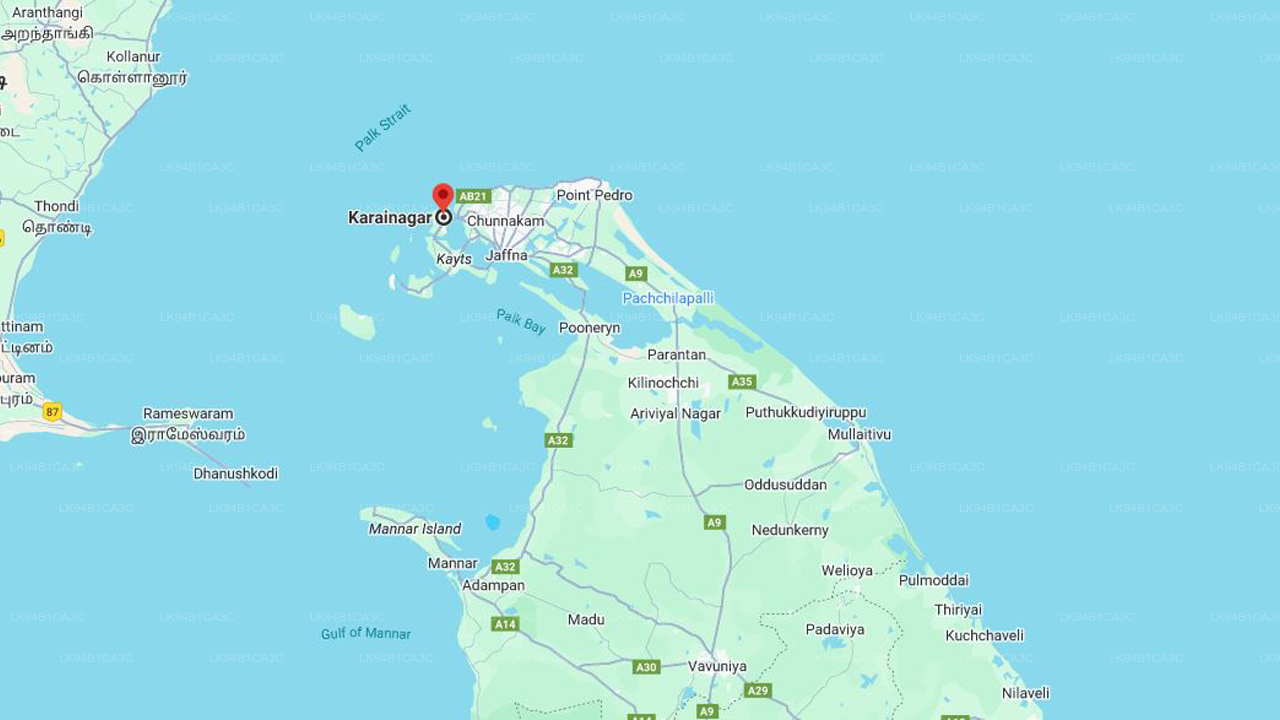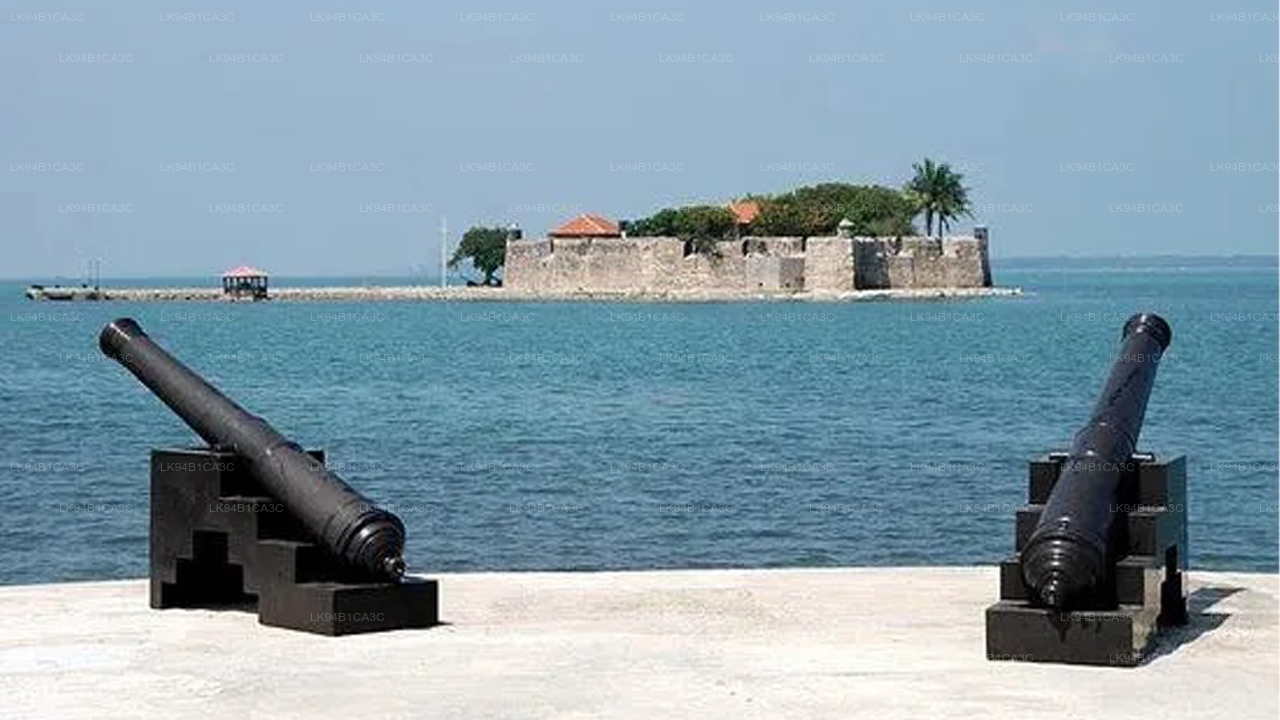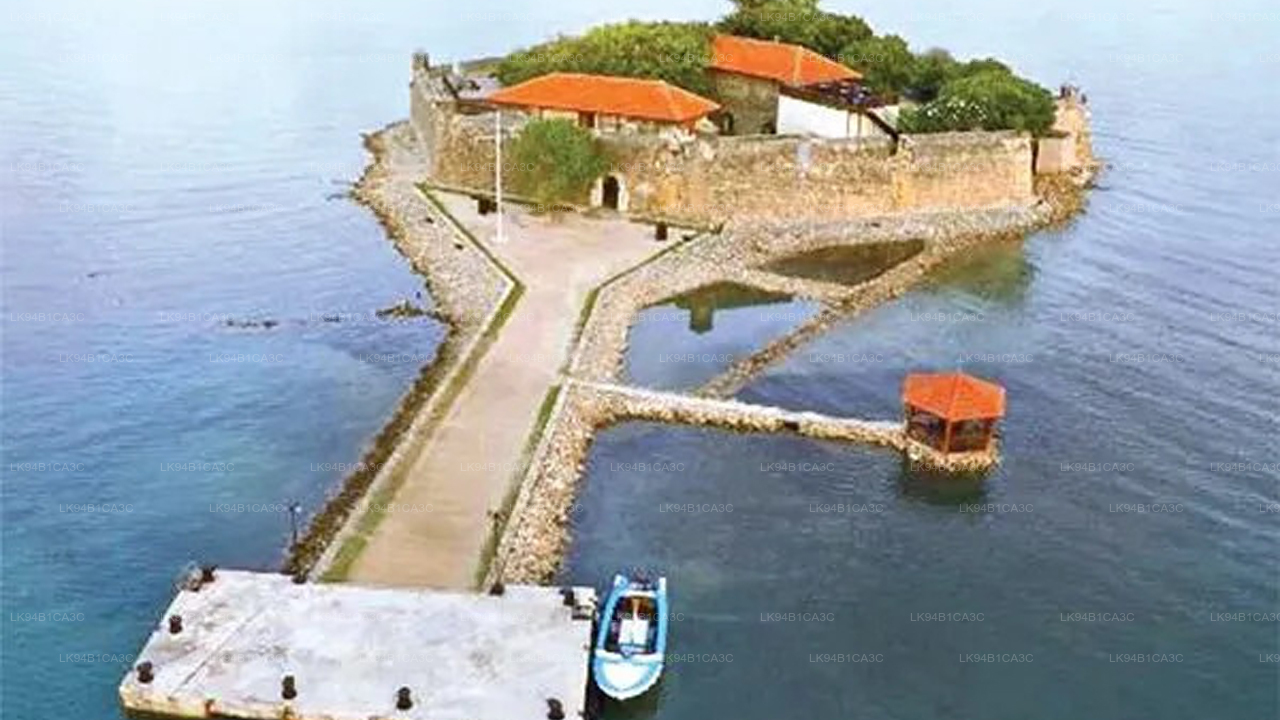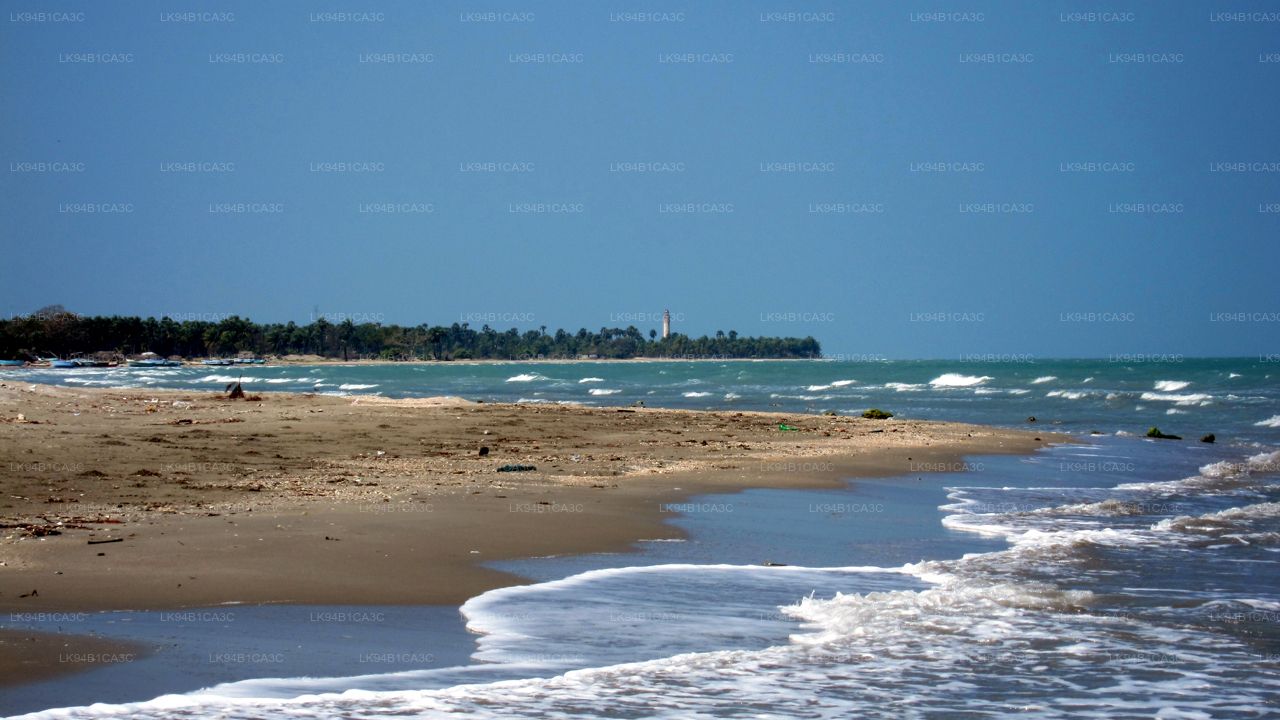
Jaffna City
Jaffna is the main city of Jaffna peninsula in the northernmost district of Sri Lanka. Comfortable intercity busses from Colombo take 10-12 hours to reach the city of Jaffna.
Karainagar
Karainagar (Tamil: காரை நகர்) (ausgesprochen Kaarai-Nagar) liegt 20 km von Jaffna , Sri Lanka , auf der Insel Karaitivu entfernt. Auf Tamil bedeutet es die vielen Karai-Bäume, aber auch die Küste, abgeleitet vom tamilischen Wort „kadar-karai“, das eine Siedlung (oder Stadt) an der Meeresküste bezeichnet (kadar oder kadal bedeutet Meer und karai bedeutet Küste), was durch die Tatsache bestätigt wird, dass Karainagar eine Küstenstadt ist.
Die Insel Karainagar ist etwa 26 km² groß. Bei den nationalen Wahlen 1977 waren 20.000 Menschen registriert. Die aktuelle Bevölkerungszahl beträgt 11.000. 30 % des Landes werden für den Reisanbau genutzt.
Über den Distrikt Jaffna
Jaffna ist die Hauptstadt der Nordprovinz Sri Lankas . 85 % der Bevölkerung der Distrikte Jaffna und Kilinochchi sind Hindus . Die Hindus folgen der shivaitischen Tradition. Der Rest der Bevölkerung besteht größtenteils aus Katholiken oder Protestanten, von denen einige Nachkommen der Kolonialsiedler sind, die als „Burgher“ bekannt sind. Die Tamilen sind nach Kasten getrennt, wobei die Vellalar aus der Bauernkaste die Mehrheit bilden. Meeresfrüchte, rote Zwiebeln und Tabak sind die wichtigsten Produkte Jaffnas.
Jaffna ist die Heimat wunderschöner Hindutempel . Eine alte holländische Festung mit einer alten Kirche ist noch gut erhalten. Ein weiteres Beispiel holländischer Architektur ist das Königshaus. Kein Besuch in Jaffna ist vollständig, ohne die köstliche Jaffna- Mango probiert zu haben, die für ihre Süße bekannt ist. Etwa 3 km entfernt befindet sich der majestätische Nallur-Kandaswamy-Tempel , in dem das größte religiöse Fest Jaffnas stattfindet. Der Kayts Harbour ist eine alte Schiffsanlegestelle in der Region Jaffna.
About Jaffna District
Jaffna is the capital city of the Northern Province, Sri Lanka. 85% of the populations of the Jaffna and Kilinochchi districts are Hindus. The Hindus follow the Saivite tradition. The remainders are largely Roman Catholics or Protestants, some of whom are descendants of colonial settlers, known as Burghers. The Tamils are divided along caste lines, with the farmer-caste Vellalar forming the majority. Sea products, red onion, and tobacco are the main products in Jaffna.
Jaffna is home to beautiful Hindu temples. An Old Dutch Fort still stands well preserved within which is an old Church. Another example of Dutch architecture is the King's House. No visit to Jaffna is complete without tasting the exquisite Jaffna mango, reputed for its sweetness. About 3 km away is the majestic Nallur Kandaswamy Temple, home to the largest religious festival in Jaffna. The Kayts Harbour is an ancient ship docking site in the Jaffna region.
About Northern Province
The Northern Province is one of the 9 provinces of Sri Lanka. The provinces have existed since the 19th century but they didn't have any legal status until 1987 when the 13th Amendment to the 1978 Constitution of Sri Lanka established provincial councils. Between 1988 and 2006 the province was temporarily merged with the Eastern Province to form the North-East Province. The capital of the province is Jaffna.
Northern Province is located in the north of Sri Lanka and is just 22 miles (35 km) from India. The province is surrounded by the Gulf of Mannar and Palk Bay to the west, Palk Strait to the north, the Bay of Bengal to the east and the Eastern, North Central and North Western provinces to the south.The province has a number of lagoons, the largest being Jaffna Lagoon, Nanthi Kadal, Chundikkulam Lagoon, Vadamarachchi Lagoon, Uppu Aru Lagoon, Kokkilai lagoon, Nai Aru Lagoon and Chalai Lagoon.Most of the islands around Sri Lanka are to be found to the west of the Northern Province. The largest islands are: Kayts, Neduntivu, Karaitivu, Pungudutivu and Mandativu.
The Northern Province's population was 1,311,776 in 2007. The majority of the populations are Sri Lankan Tamils, with a minority Sri Lankan Moor and Sinhalese population. Sri Lankan Tamil is the major language spoken in the province by the vast majority of the population. The other language spoken is Sinhala by 1 percent of the population. English is widely spoken and understood in the cities.

